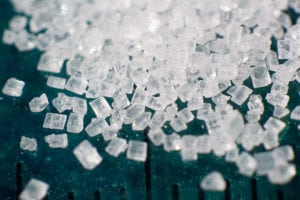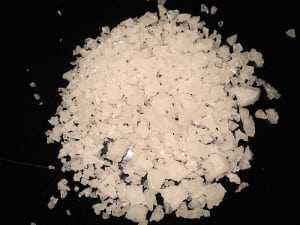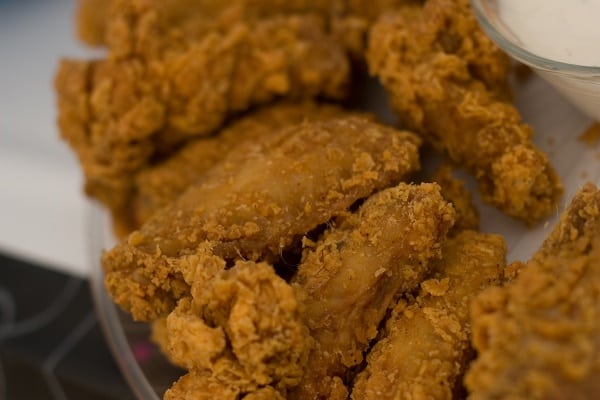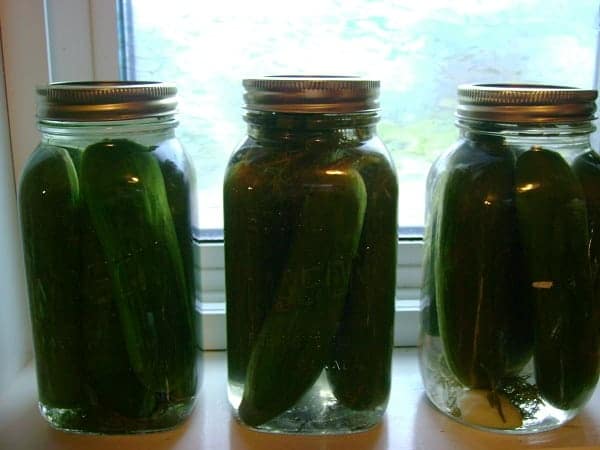
Blood pressure needs to be within acceptable ranges to ensure that the body is not working too hard to function as it normally should. When blood pressure is high or low, this is not an ideal situation. If the pressure at which the blood in the body is flowing is high, it affects the way the heart functions. The heart works overtime to accommodate the high pressure and this in turn can also harden the walls of the arteries. While high blood pressure is a significant health concern, very low pressure can also be dangerous.
Hence, aiming for healthy blood pressure is ideal. To help achieve this objective, there are different factors that could influence a person’s blood pressure including a person’s weight, smoking, exercise and food. There are certain foods that should be avoided at all costs to guarantee improved blood pressure. Eating the right types of foods help to maintain adequate levels of blood pressure and this is important to good health. To keep your blood pressure at the right level, it is best to minimize the intake of and where possible totally avoid the following 7 foods:
1. Sugar. Many foods including eye-catching pastries, breakfast cereals and beverages contain significant amounts of sugar. Natural and organic types of sugars are less worrisome. However, in most cases, processed foods and many other food items contain large amounts of processed sugar and this is not good for the body. How does this affect blood pressure? When processed sugar is ingested into the body through the consumption of food, the sugar transforms to fat. This creates an increase in weight and the increased likelihood of diseases such as cancer and heart disease. Unwanted weight gain from non-value added calories in the sugar can raise blood pressure levels. In response to weight gain and the increased demand for efficient blood flow in the body, a person’s blood pressure can rise. Using natural sources of sugar including fruits and honey could help minimize the toxicity that refined sugars could add to the body
2. Caffeine. A daily cup of coffee or perhaps many cups of coffee per day may be the norm for some people. However, there are those who may not be as tolerant to caffeine as others. In such cases, there is the potential for caffeine to increase a person’s blood pressure and this increase in pressure could occur rapidly. The rise in blood pressure may only be temporary but this is sufficient enough to be a problem if such increases in blood pressure lead to critical medical conditions. If high blood pressure levels are left unchecked, a person may experience no symptoms despite the existence of a serious life-threatening condition. Where high blood pressure symptoms are present, these may include anxiety, severe headaches, a bloody nose or shortness of breath. Thus, beware of how elements such as caffeine in foods or drinks could create spikes in your blood pressure [1]. Herbal teas could be used as a substitute for foods or drinks that are high in caffeine.
3. Sodium. Salt, which is also referred to as sodium may make foods and your meals taste better or more palatable. However, salt is linked to many ailments including various types of cancers, heart disease, osteoporosis and high blood pressure. Hence, there is a persuasive and robust recommendation for people to reduce their sodium intake [2]. The higher the sodium content in a meal or food item, the higher the potential for increasing your blood pressure. There are other ways to add flavour to meals which may help you minimize or completely avoid the use of sodium in foods. Alternative food flavouring options include the use of spices and herbs such as bay leaves, garlic, sage, paprika, chives, turmeric, thyme, curry powder and so many others. Using salt-filled seasonings will increase your blood pressure and may do so without you realizing what the source of this increase is. This immensely increases the severity of the problem as you may continue to unknowingly put your body at risk. (To learn more about salt, check this out.)
4. Frozen Pizza. To preserve frozen pizza, a high amount of sodium is used. This is where this particular food becomes quite detrimental to blood pressure and despite the potential convenience of being able to cook a pizza right from your home, this can come at an immense cost to your blood pressure levels. Unfortunately, each of the ingredients that may be contained in a frozen box of pizza could have significant quantities of sodium. Hence, from a combined perspective, the amount of sodium in the entire pizza usually exceeds desirable daily limits as a result of the contributory factors from these high sodium ingredients.
5. Chicken Skin. This food can contain a lot of fat and unwanted calories. An increased calorie intake can wreck havoc on a person’s blood pressure. There are different ways that a person could help prevent high blood pressure including maintain a healthy weight, consuming low-sodium foods, eating a diet that is rich in vegetables and avoiding alcohol or consuming alcohol in moderation [3]. Weight gain may result in the body needing to work harder to move the blood around. Thus, blood pressure could fluctuate or become unstable and this may also adversely affect a person’s health. Instead of foods that are high in fats, especially saturated fats, blood pressure can be improved with foods that are healthier such as low fat foods. There is a Dietary Approach to Stop Hypertension (DASH) diet [4] that not only stresses the importance of eating foods that are low in sodium but also the stresses the importance of avoiding foods which are high in unhealthy fats.
6. Canned Foods. The need to preserve foods such as canned meals including soups, vegetables and fruit comes at a cost and the price that is paid, apart from the reduced freshness of the food item, is the added ingredient in the can that serves the purpose of extending the shelf life of the food item. These preservatives or added ingredients include liquids, sauces, seasoning blends and other food items that contain high amounts of sodium. If your diet consists of canned soups and other canned food products, you should beware of the possibility of increased sodium contents. Thus, if you do need to consume canned soups and related foods, seek versions or brands of these foods that have lower sodium contents or canned food items that advertise no added salt content and actually contain no added salt. It is also important to note that the serving sizes indicated on the nutritional labels of canned foods may not be referring to the entire can. Hence, ensuring that you capturing accurate information regarding the sodium content in the entire can is a good way to note what you are consuming and also determine if you are improving your blood pressure or otherwise.
7. Pickles. You may think that pickles are a healthy food choice. However, this may not always be the case. Its green appearance of this food may add to the confusion as well. In reality, pickles can be great for the body and are typically a low-calorie food. However, if the pickles are placed in sodium-filled liquids for preservation purposes, this food quickly becomes one of the foods that a person would need to avoid at all costs to improve blood pressure. A single sodium-loaded pickle could contain as much as one-third of the daily sodium limits. Hence, despite the low calorie content that pickles typically have, do watch for high-salt contents of certain brands of pickles sold in markets or grocery stores.
A person’s diet can be a major factor in terms of the blood pressure. However, knowledge about certain foods to avoid at all costs could help provide insight about the best way to improve your blood pressure. A person experiencing low blood pressure may have symptoms that include dehydration, being excessively thirst, being lightheaded, a persistent tired feeling and possibly anxiety or depression. Just like high blood pressure, low blood pressure could be quite severe and dangerous for the body. It could lead to shock, the deprivation of oxygen and brain or heart disorders.
By avoiding the wrong types of foods for blood pressure, a person could avoid the dangers associated with abnormal blood pressure such as high blood pressure and such dangers may include the occurrence of kidney disease, heart failure, heart diseases, aneurysms and arterial damage. To determine if your blood pressure is within acceptable levels, a healthcare professional such as a primary care physician is typically able to take your blood pressure measurements. By eating the right foods, it is possible to get both systolic and diastolic blood pressure categories within acceptable ranges. This implies blood pressure level readings of less than 120 mmHg for systolic blood pressure and less than 80 mmHg for diastolic blood pressure.
If you want to learn more about improving your high blood pressure then check out Blood Pressure Normalized, here:
Rick Kaseli, MS
References:
[1] http://newsroom.heart.org/news/energy-drinks-may-increase-blood-pressure-disturb-heart-rhythm?preview=1e91
[2] http://www.ncbi.nlm.nih.gov/pubmed/23124030
[3] http://www.webmd.com/heart-disease/guide/heart-disease-prevent
[4] http://www.everydayhealth.com/hypertension/caregiving/cooking-for-someone-with-hypertension.aspx
.





